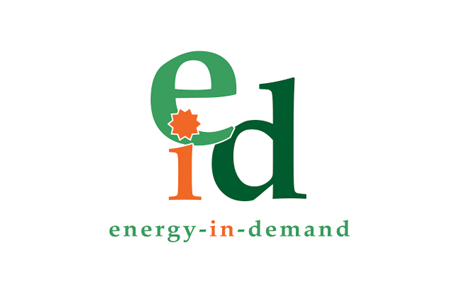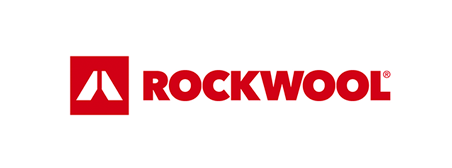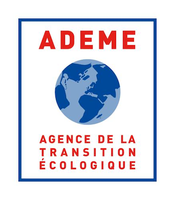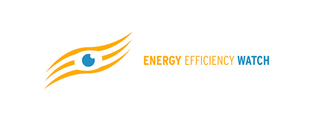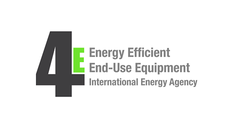Search eceee proceedings
Architects as agents of change – designing to support a sufficiency-oriented dwelling practice
Panel: 8. Innovations in products, systems and building technologies
This is a peer-reviewed paper.
Authors:
Griet Verbeeck, Universiteit Hasselt, Belgium
Ann Bosserez, Thomas More Research
Elke Knapen, Hasselt University, Belgium
Nick Van Loy, Hasselt University
Abstract
Since the implementation of the EPBD in 2006, architects are trained to design for energy efficiency to meet the requirements in their country. However, the focus of the EPBD is highly object-oriented, meaning that architects have learned to design energy-efficient buildings, of which the performance is evaluated for standard climate conditions and standard occupant behaviour (Bosserez, 2020). The aspect of energy sufficiency, which demands much more a user-oriented design perspective stimulating a sufficiency-oriented dwelling practice, is still completely absent in architectural design education (Verbeeck & Bosserez, 2021). This results in architectural students assessing their recently built, EPBD compliant parental houses as highly energy efficient (in kWh/m² floor area) and thus good examples, while completely ignoring the actual high energy consumption in these houses (in kWh). For the sample of 182 parental houses (academic years 18-19, 19-20, 20-21), the average energy efficiency is 140,6 ± 87,3 kWh/(m²,year), whereas the average energy consumption is 33.595 ± 21.096 kWh/year and the average CO2 emissions 6,0 ± 3.4 ton/year for heating and electricity consumption. This high energy consumption despite a reasonable energy efficiency is often a consequence of the large size of the houses (on average 258,1 ± 110,7m² floor area), the open design, the non-climate responsive design and the often luxurious lifestyle.
The passive design approach in the first steps of the Trias or Penta strategy for (nearly) zero energy buildings however allows the inclusion of design measures to steer residents towards a much more sufficiency-oriented dwelling practice. A spatial design method for sufficiency has already been presented at eceee2021 (Verbeeck & Bosserez, 2021). This spatial design approach can be complemented with a sufficiency-oriented heating practice. Currently heating in dwellings is mostly designed in terms of heating systems (object-oriented) and much less in terms of heating practice (resident-oriented) (Van Loy et al, 2021). Efforts are undertaken to increase the energy efficiency of heating systems by means of the use of more efficient heating systems and more sophisticated control systems, but the aim is still to provide a comfortable room temperature by acclimatising complete rooms, often regardless of the actual spatial and temporal occupancy. A sufficiency-based heating practice on the contrary focuses on providing thermal comfort to the residents by heating people instead of rooms. This can be realized through a reduction of the overall room temperature in combination with a higher clothing level and, if needed, localized dynamic personal heating.
In recent years this sufficiency-oriented design approach has been integrated in architectural education at our faculty, both in theoretical courses and design studios. In the bachelor course on Climate Responsive Design, the chapter on strategies to reduce energy consumption in buildings has been extended with a critical reflection on energy efficiency and a presentation of the design method for energy sufficiency, and students have to evaluate their parental house on both energy sufficiency and energy efficiency. In the master course Zero Pentathlon students combine the design methods for sufficiency and efficiency in a design assignment on the renovation of existing houses (in academic years 19-20 and 20-21 on large, underused houses, in academic year 21-22 on social houses). Furthermore, master classes on sufficiency-oriented design are planned for the future for practicing architects, in order to introduce this concept more in architectural practice.
Downloads
Download this presentation as pdf: 8-145-22_Verbeeck_pres.pdf
Panels of
1. Dynamics of consumption: less is more?
2. Efficiency and beyond: innovative energy demand policies
3. Policy, finance and governance
4. Monitoring and evaluation for a wise, just and inclusive transition
5. Towards sustainable and resilient communities
6. Energy-efficient and low-carbon mobility for all
7. Policies and programmes for better buildings
8. Innovations in products, systems and building technologies








